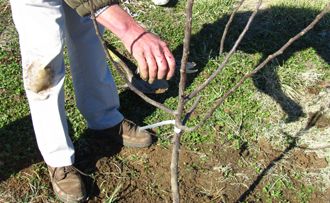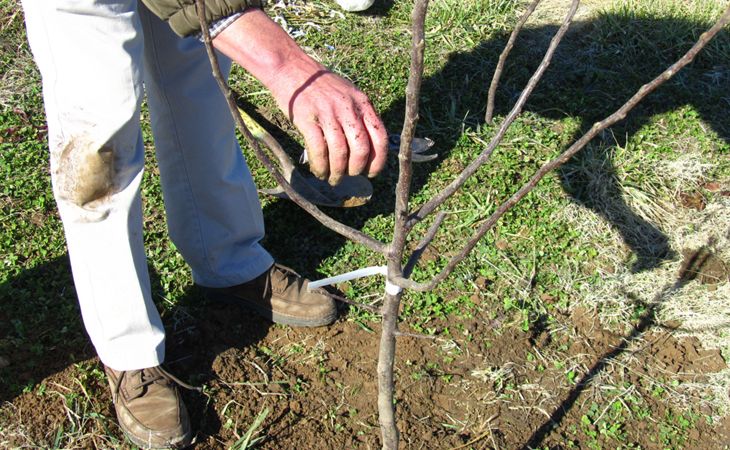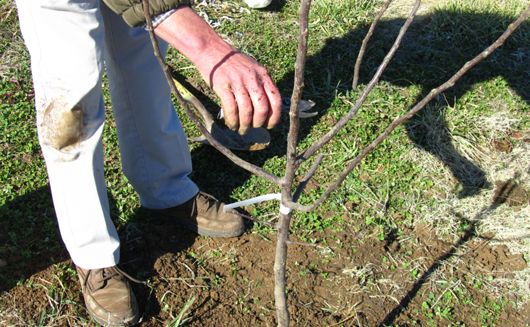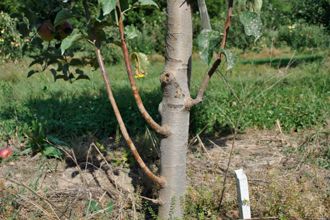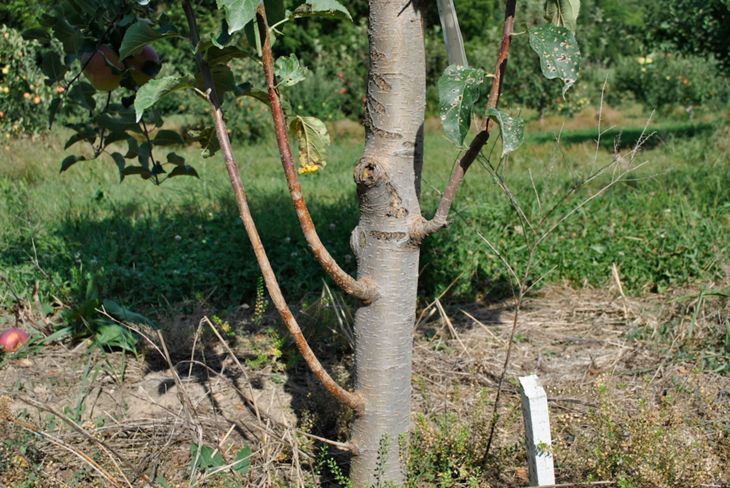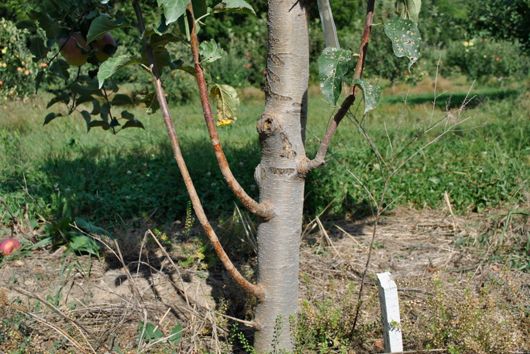Pruning Fruit Trees: Open Center

An open-center structure keeps the tree's canopy open to light, which is necessary for the development of quality fruit. It is beneficial in supporting the heavy fruit crops of certain stone-fruit trees, since it is primarily based on the natural growth habit of the trees. Before we get to the specifics of open center pruning, let's discuss a few things to keep in mind when pruning in general.
Pruning is an easy task; however, many fruit-tree growers hesitate or refrain from pruning all together to avoid making a mistake or hurting their trees.
When it comes to fruit trees, we reckon that it's better to prune (even a little) than not to prune at all.
Feel confident in knowing what to prune:
- Prune one-third of new growth from the previous growing season.
- Prune to completely remove dead, damaged, and diseased limbs.
- Prune to completely remove limbs that are growing inward toward the center of the tree.
- Prune to completely remove tree suckers and watersprouts whenever they appear – not just when the tree is dormant.
Open Center Pruning
1. Know the type of fruit tree you plan to prune so that you know how to approach pruning.
- Trees like apricots, nectarines, peaches, sour cherries, and Japanese plums prefer an open center/vase shape.
2. Know the recommended structure for the fruit trees you are growing and pruning. This article focuses on pruning fruit trees to an open center. Read about pruning fruit trees that prefer a main/central-leader structure.
3. Know the best times to prune your fruit trees: winter or early spring – when trees are dormant.
If you don't find the recommended pruning structure for the fruit tree you're growing here, don't worry! Check out other Growing Guide articles for more pruning tips.
Learn More with a Pruning Made Easy Book »
- Article Categories:
- How To Grow
- Spring Gardening
- Winter Gardening


